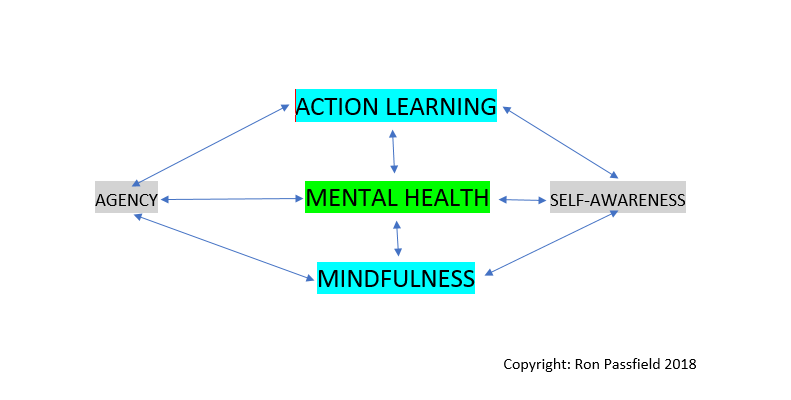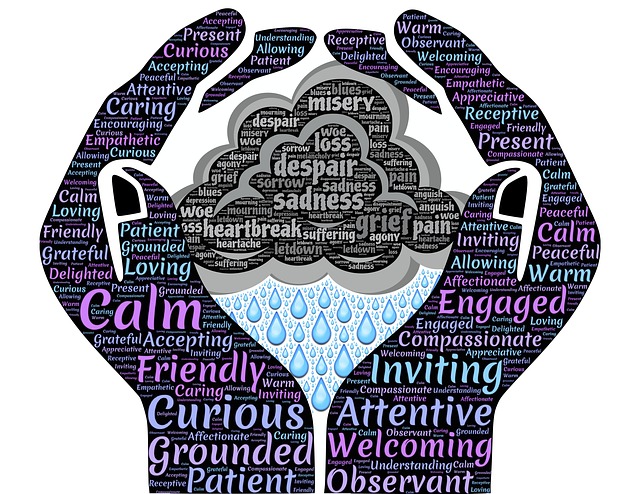Every time I facilitate a manager development course, the topic of email arises along with an expression of hopelessness – people are suffering from the tyranny of email. They often feel out of control, overwhelmed by the volume of email and stressed by the “implied” deadlines involved. People sometimes perceive their inbox as a “ticking timebomb” if they don’t immediately process email as it arrives.
The emotional burden of email
Our communication patterns and related expectations have accelerated since the days of “slow mail” – the hand-written letter. The expectations of a timely response have grown with the increased speed of communication – how often are you asked, “I just sent you an email (or text message), didn’t you receive it?” The expectation of a speedy response is implied along with the underlying assumption that their communication is the only thing you have to deal with during the day.
Leo Babauta, author of the Zen Habits blog and related eBooks, found that reading his email before he got out of bed was actually a procrastination habit – putting off getting out of bed and also delaying doing something productive like researching, writing or planning his day. I have found that if I focus on writing a blog post before I read my email, I am much more productive and less distracted. I can relegate email to the role of a secondary, rather than primary, priority.
Recent research has shown that if you access your phone first thing in the morning (to check emails, texts and Instagram notifications), you are limiting your productivity and capacity for creative problem solving, adding stress to your life and making yourself unhappy.
The tyranny of email – capturing your attention
Besides adding to your stress, the volume of email and its implied deadlines serve to capture your attention and distract you from more important things that you are doing or have to do. Email is a form of disruptive technology more often driven by people who are actively trying to gain your attention to pursue their own ends. If you let it, email takes over your life, determines your priorities and undermines your capacity to focus.
Frequent checking of email takes you off-task and reduces your productivity because you have to take time to reset your brain when you return to your task at hand. Research has found that people who check their email only three times a day (instead of the average of 15 times per day) experience less stress, are more productive and achieve a greater sense of satisfaction during the day because they are better able to accomplish desired results.
How often do you find yourself following a “link-chain” in an email and going completely off-task to explore the latest news, social media post or “lifestyle” comment? Some people are driven by the desire for the latest news and pursuit of this desire consumes time and energy. If you find that you have no surplus in your life, you might find that your email-reading habits consume much of the space in your life.
A mindful way to handle email
Leo Babauta provides an approach to handling email which he calls, A Mindful Guide to Email in 20 Minutes a Day. The essence of his approach is to avoid starting the day reading email, allocate 20 minutes for reading email, have a system for sorting through your daily inbox, take action appropriately and reduce your inbox flow by unsubscribing from electronic newsletters, notifications, etc.
His system identifies three kinds of action that you can take:
- delete (or store in a folder for future reference if you are going to use it later)
- action in two minutes (brief responses where required)
- add to your to-do list (if you need to take action that will be longer than 2 minutes).
One of the problems with email is that we become indecisive and put off action on individual items, only to return later and repeat the process – this is a waste of time and a major source of distraction. Having a clear system enables you to regain control from the tyranny of email, so that you are in the “driver’s seat”.
Leo’s final piece of advice is to treat the process of email as a mindful endeavour – undertaken consciously, thoughtfully, with compassion and kindness. It is important to realise that email amplifies the message because of the proximity of the screen – so, for instance, writing in all capitals is effectively experienced as shouting. Mindfulness, too, is developed if we express gratitude for the opportunity that email provides, especially being able to connect with others and maintain valuable relationships.
As we grow in mindfulness by treating email as a conscious, mindful endeavour undertaken in a systematic (rather than chaotic) way, we learn to overcome the tyranny of email, regain control over our priorities and improve our productivity.
____________________________________________
By Ron Passfield – Copyright (Creative Commons license, Attribution–Non Commercial–No Derivatives)
Image source: courtesy of geralt on Pixabay
Disclosure: If you purchase a product through this site, I may earn a commission which will help to pay for the site, the associated Meetup group and the resources to support the blog.












